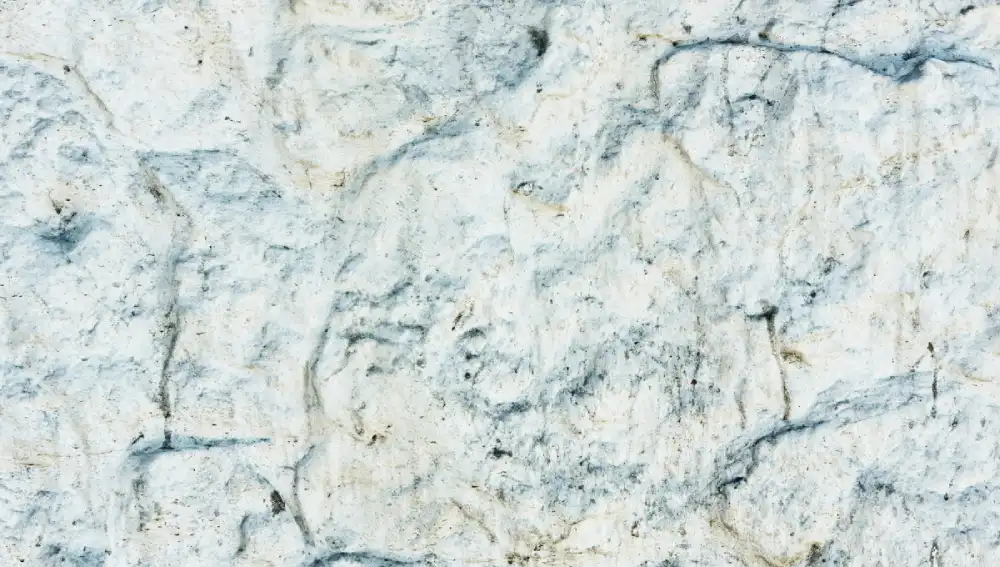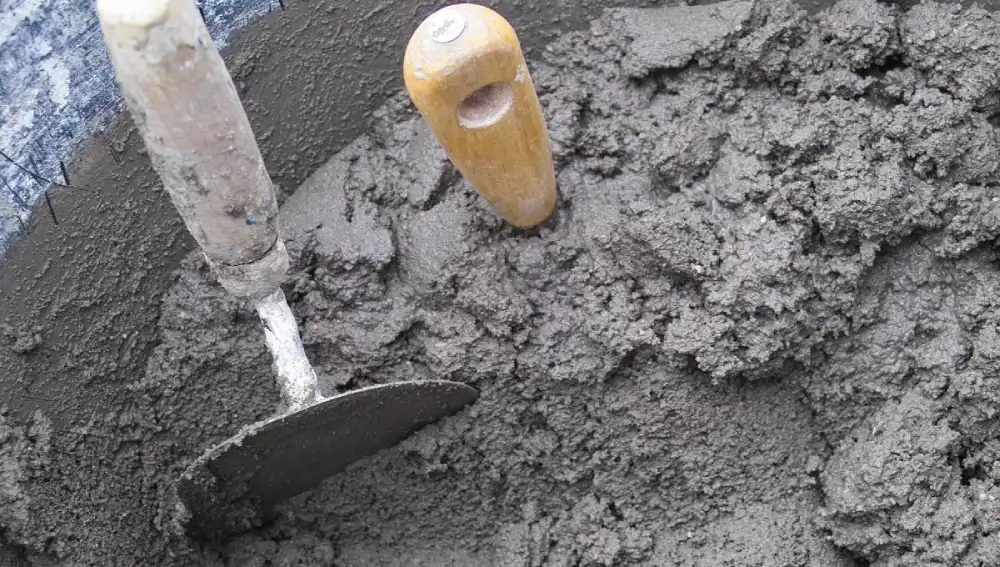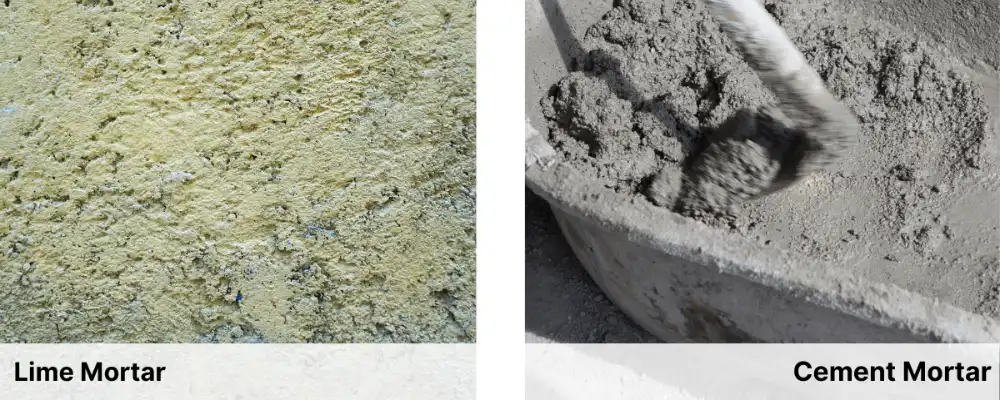Lime or cement mortar? This is one of the common questions faced by many contractors and builders today. In general, each mortar type has its own unique characteristics and properties that apply to different construction projects. Selecting the right mortar is a critical decision, ensuring the building’s long-term appearance and durability.
Historically, lime mortar has been a renowned choice for both traditional and modern buildings due to its durability and breathability. However, the introduction of cement in the 19th century made it popularly known for its quicker setting times and superior strength.
Both are ideal materials in their own ways and can be used for their suitability to different projects . With this article, you’ll dive deep into its characteristics, advantages, and applications, empowering your knowledge to make informed decisions.
Lime Mortar

Lime mortar comes in different forms and is composed of hydrated lime, water, and sand. Typically, it is a good binding material that requires much more time than cement to achieve its full strength. Being a traditional product, it is still fairly used in new-build masonry construction. Due to its enhanced breathability, it avoids problems of dampness, particularly in old buildings with solid walls.
Properties and Applications of Lime Mortar
- Flexibility: Lime mortar can adapt to the natural movement of buildings, preventing the likelihood of cracking. This flexibility is suited for seismic regions or for structures that are highly subjected to temperature fluctuations.
- Breathability: Lime mortar’s breathability allows moisture content to evaporate freely in a damp environment. It ensures a healthier indoor environment by preventing mold formation and saltpeter.
- Looks Appealing: Compared to cement mortar, it creates a softer, more natural architectural aesthetic. It gives buildings extra grace and character over time.
- Compatibility: Lime mortar has excellent compatibility, making it an indispensable choice for restoring heritage buildings. However, it may not be suitable for structures subjected to heavy loads.
Cement Mortar

Cement mortar is a widely used construction material made of three basic components: cement, sand, and water. It is incredibly versatile and is used in various construction projects to bind building blocks together. Knowingly, cement mortar is a dominant choice in contemporary construction, excelling in compressive strength and water-resistant properties.
Properties and Applications of Cement Mortar
- High Compressive Strength: Cement mortar is a prime choice for load-bearing structures that need to withstand extreme compressive loads.
- Quick Setting Time: Cement mortar accelerates the setting time, leading to a reduced construction timeline. Unfortunately, there is no time gap to make corrections or adjustments to the applications once they bind together.
- Water Resistance: It may not be completely waterproof but offers good resistance to moisture content, making it ideally suitable for exterior applications.
- Durability: When the raw materials are properly mixed and applied, cement mortar can provide excellent durability and longevity. This primarily depends on the water-cement ratio; even a small variation can cause significant impacts on the mortar’s strength and workability.
- Environmental Condition: Harsh weather conditions, such as extreme humidity, rainfall, heat, or cold, can influence the curing process and setting time of cement mortar. It potentially compromises its overall structural integrity and strength.
Comparing Lime vs. Cement Mortar
| Features | Lime Mortar | Cement Mortar |
| Ratio | 1 part lime putty: 3 parts sand. The ratio may vary according to the lime type and application. | 1 part cement:3 parts sand. This is a commonly used ratio, but varies based on application. |
| Colour | Colour is defined by the type of sand used in lime mortar. Most probably, it is found in earthy colors like cream or beige. | Most often, it has been identified in grey colour. |
| Slaking process | Lime is slaked by adding water to produce lime putty. | It doesn’t require slaking. |
| Composition | Typically composed of lime, sand, and water. In addition to that, fibers, earth, hair and some other additives can be included. | Modern cement mortar is made from Portland cement, water, sand, and additives like plasticiser if required. |
| Water Absorption | Lime mortar is highly porous and breathable as the water content can evaporate freely in a damp environment. | Less breathable, often impervious. |
| Inclusion | Has lime inclusions, appearing as soft, powdery lumps. | May contain impurities. |
| Applications | Breathable structures, historic preservation and interior walls with aesthetic appeal. | Modern constructions, load-bearing structures, and exterior walls. |
Choosing the Right Mortar
Finding the appropriate mortar as per the project requirements needs careful consideration of several factors. They include:
- Age of the Building: Generally, lime mortar is a predominant choice for historic structures, maintaining superior authenticity and compatibility. However, it can be used in modern buildings to incorporate sustainability or to add traditional aesthetics.
- Building Type: Cement mortar is primarily known for its extensive strength and is the most preferable option for load-bearing structures.
- Aesthetic Preferences: Cement mortar fits well for modern constructions where walls are plastered, while lime mortar can be left exposed and offers a soft, natural appeal to traditional architectural styles.
- Cost: Cement mortar is quite budget-friendly compared to lime mortar. When the cost is not a big constraint, you can go with lime mortar based on your construction requirements.
Summary
The choice between cement and lime mortar is not a personal preference, it is based on the performance and durability that we want for our construction. In simple terms, cement mortar is a default option for many cases, while lime mortar is valued for restoring historic structures and creating healthier indoor environments, along with incorporating sustainability. With the properties discussed in this article, you can understand the workability of both mortars and choose the suitable one.
FAQs
Lime mortar can withstand building movement, consuming more time to set, but is not as strong as cement. Cement mortar, on the other hand, has higher compressive strength and is , suitable for heavy load-bearing structures.
Yes, lime mortar can be used for new builds where traditional looks and sustainability are important. However, it has a slower setting time and strength compared to cement mortar.
Mixing lime and cement mortar is not recommended as both possess unique properties, curing processes, and setting times. It leads to potential troubles and inconsistent results.

